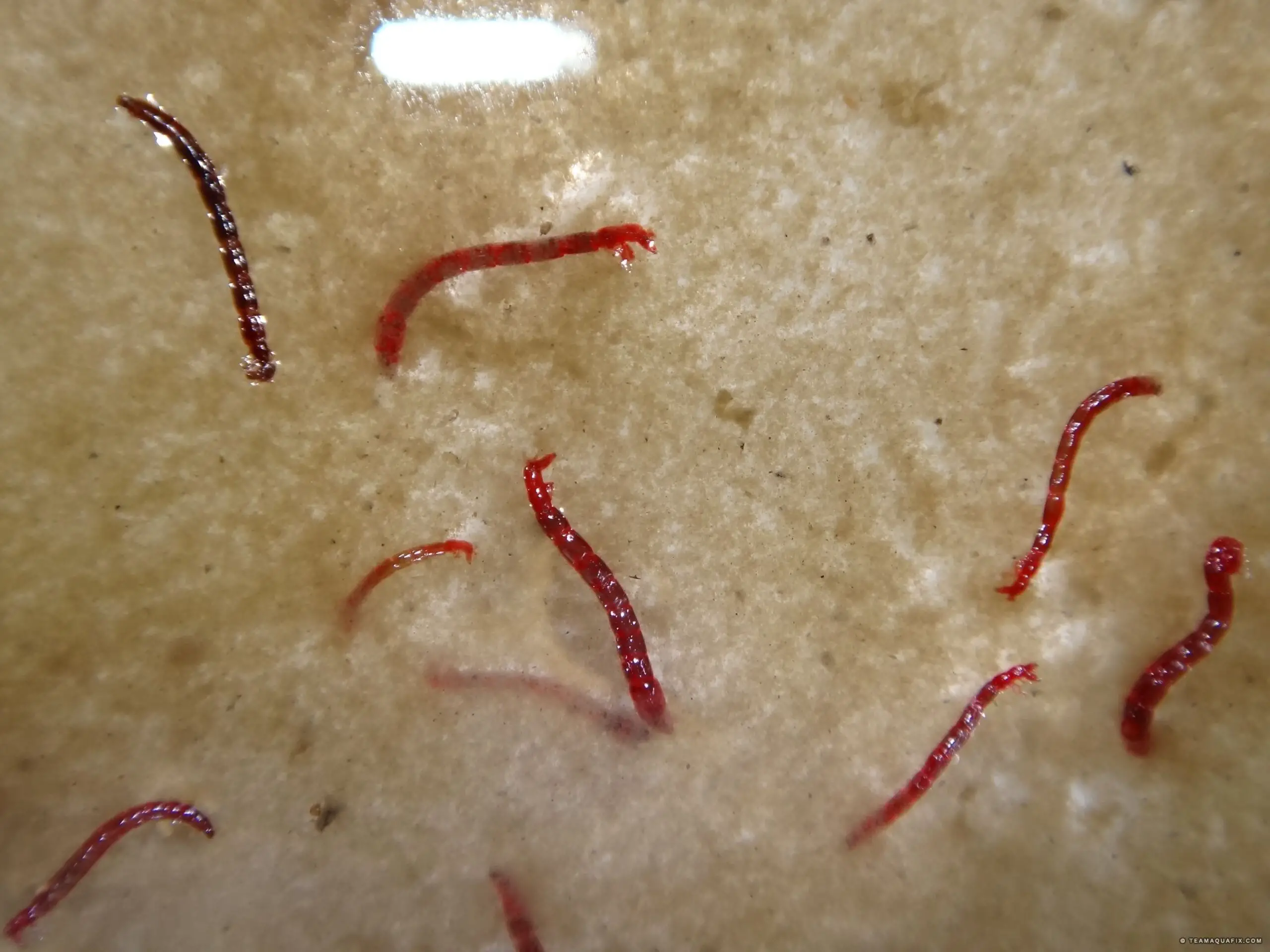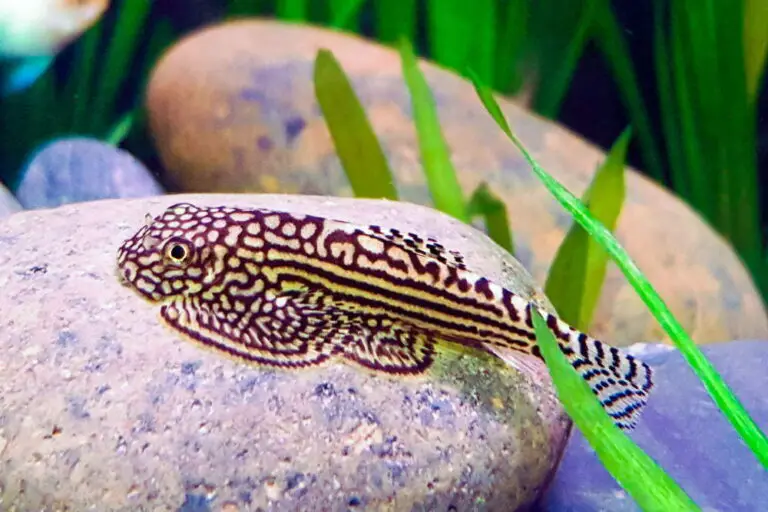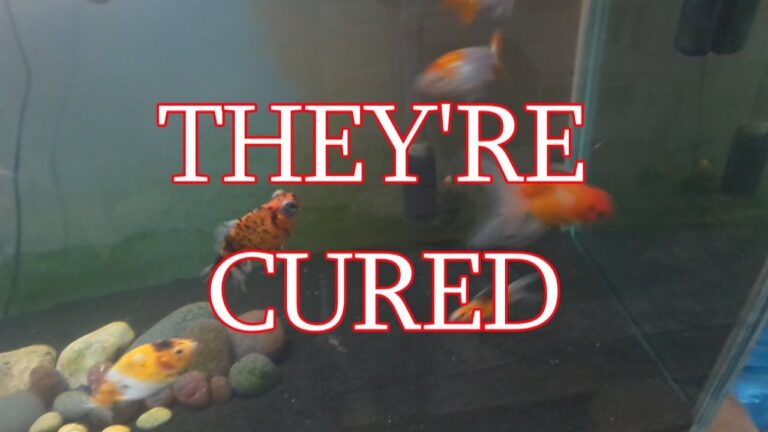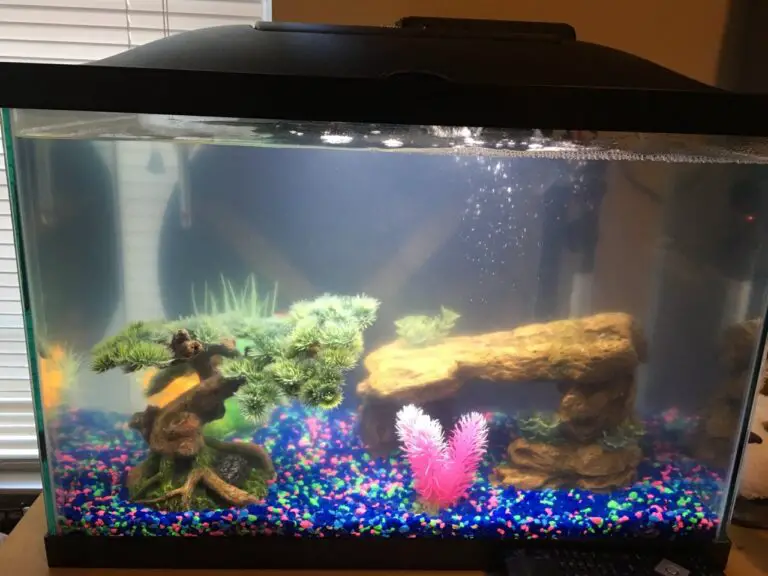How to Get Rid of Red Worms in Water Tank?
To get rid of red worms in water tanks, start by draining the tank and cleaning it thoroughly with soap and hot water. Afterwards, refill the tank with fresh, clean water. If necessary, add a chlorine or bleach solution to disinfect the tank as this will kill any remaining larvae or eggs.
Next, use an aquarium vacuum to remove any worm bodies that may be present on the walls or bottom of the tank. Finally, introduce some fish into your tank that feed on small aquatic creatures such as guppies which should help to keep your water free from unwanted critters like red worms.
- Check the Water Tank: Before trying to get rid of red worms in water tank, it is important to check the tank for any potential sources of contamination. This includes checking for leaks or cracks in pipes, as well as ensuring that there are no other organisms present such as algae or bacteria.
- Clean and Sanitize the Water Tank: Once any potential sources of contamination have been located and addressed, it is time to clean and sanitize the water tank. Begin by using a mild detergent solution on any removable parts of the tank before scrubbing down the interior and exterior surfaces with a bristle brush or sponge. Allow everything to dry completely before adding any fresh water back into the tank.
- Introduce Predators Into The Tank: After cleaning and sanitizing your water tank, introduce predators into the environment in order to help control infestations from occurring again in future months or years – these can include fish species like guppies which will happily eat up small red worms while also helping keep algae levels low!
- Maintain Good Hygiene Practices: Lastly, make sure you maintain good hygiene practices when caring for your aquarium; this includes regularly changing out 25-50% (or more) of its contents every month along with making sure all food scraps are removed promptly after feeding sessions so they don’t rot inside your system encouraging further worm growths!

What Causes Red Worms in Water?
Red worms in water are caused by the presence of a species of annelids called tubificid or “tubifex” worms. These small, segmented creatures exist almost exclusively in polluted freshwater environments and thrive when there is an abundance of organic material such as sewage or agricultural runoff for them to feed on. They can also be found living within sediments at the bottom of slow-moving bodies of water like ponds and lakes.
The red coloration that gives these worms their name comes from hemoglobin within their blood cells which carries oxygen throughout their body much like it does in humans. Although they are not considered a health hazard, they may indicate an underlying problem with water quality due to the fact that they require high levels of pollution to survive.
What are the Tiny Red Worms in My Tank Water?
Tiny red worms in your aquarium water can be a cause for concern, but don’t panic just yet. These little creatures are likely to be bloodworms, which are harmless and actually beneficial for your tank’s ecosystem. Bloodworms are one of the most common types of fry food and feed on decaying matter, uneaten fish food, and other small particles that accumulate at the bottom of an aquarium.
They appear as thin red or reddish-brown strands with black heads that curl up when disturbed. In some cases, they may even reach lengths of up to three inches! While these critters won’t do any harm to your fish or plants, if you have too many it could mean there is something wrong with the water quality in your tank; such as high levels of ammonia or nitrites/nitrates due to overfeeding or lack of maintenance.
If this is the case then it would be best to perform a partial water change and adjust your maintenance routine accordingly so you can keep them under control going forward.
How Do I Get Rid of Worms in My Well Water?
Having worms in your well water can be a difficult and unsettling problem. The first step is to identify the type of worm you are dealing with, as different types require different solutions. If possible, take a sample and have it analyzed by a professional lab; if not, look for clues such as size and color that will help you determine the species of worm.
Once identified, you can begin to take steps to eradicate them from your water supply. Depending on what type of worms they are, chemical treatments may be necessary or physical removal might be an option. Additionally, consider installing filters on any taps connected directly to the well water source as this could provide further protection against contamination in future.
Finally, it’s important to keep up regular maintenance checks and inspect all equipment regularly to ensure no further infestations occur in the future.
What Causes Red Worms in Fish Tank?
Red worms in a fish tank are usually caused by poor water quality. Unfiltered aquariums with high levels of ammonia, nitrites, and nitrates can create an ideal environment for the growth of red worms. Poorly maintained tanks with decaying organic material such as left over food or decaying plants can also promote their presence.
As these organisms thrive on decomposing matter, they reproduce quickly in warm environments where oxygen is plentiful. Redworms may also be introduced to an aquarium through live feeder fish or by adding new decorations that have been exposed to other bodies of water containing them. The only sure way to prevent these pests from invading your tank is proper maintenance which includes regular cleaning, filtration and water changes every two weeks or so.
Worms in Filter
Kill Worms in Water Tank
If you suspect your water tank has been infected with worms, it is important to take the necessary steps to kill them. The easiest way to do this is by adding chlorine bleach directly into the tank and letting it sit for at least 24 hours before draining out the contaminated water. Be sure to wear protective equipment when handling any chemicals and use a dechlorinator afterwards to remove any residual chlorine from the tank’s water.
How to Avoid Worms in Water Tank?
One of the most important measures you can take to prevent worms from infesting your water tank is to keep the tank and its surroundings clean. Make sure that all organic materials, such as leaves, grass clippings and food scraps are cleaned away regularly so they don’t provide a breeding ground for larvae or eggs. Additionally, it’s important to properly maintain the pH balance in your tank by adding chlorine or other disinfectants on a regular basis; this will help kill any existing worms and stop them from multiplying.
Lastly, if you notice any signs of an infestation (such as foam) then be sure to call a professional immediately!
Midge Fly Larvae in Water
Midge fly larvae, also known as bloodworms, are an important food source for many species of aquatic life. They are found in standing or slow-moving water such as ponds, marshes and other wetlands. Midge fly larvae can be identified by their red coloration due to the presence of hemoglobin in their bodies.
They feed on organic matter and algae present in the water which makes them beneficial for keeping these ecosystems healthy.
Small Red Worms in Water Tank
Small red worms found in water tanks are often actually bloodworms, which are not harmful to humans. They feed on bacteria and algae so their presence can indicate a healthy water tank environment that is well-oxygenated and free of pollutants. Regularly cleaning your tank can help prevent infestations of these small red worms, but they may still appear from time to time even with proper maintenance.
How to Get Rid of Bloodworms in Bathroom?
If you have encountered bloodworms in your bathroom, it is important to take immediate action in order to get rid of them. Start by removing any standing water, such as tubs and sinks that may be filled with stagnant water. Then use a vacuum or shop vac to remove the worms from the surface where they are living.
Be sure to dispose of the contents immediately and clean all surfaces thoroughly with hot soapy water afterwards. Additionally, use bleach or other disinfectants on all affected areas to eliminate any traces of eggs or larvae left behind by these pests.
Small Red Worms in Dog Water
Small red worms in dog water is a common occurrence and usually harmless. These small red worms, also known as Camallanus Worms, are typically found in the intestines of dogs and can sometimes be seen swimming in their water bowl. Although it’s not an ideal situation for pet owners to find these parasites living in their dog’s drinking water, most cases require no treatment since the adult Camallanus worm cannot reproduce inside a dog’s body.
However if there is an excessive number of these tiny red worms present or your pup seems unwell then it may be time to visit your vet for further advice.
How to Get Rid of Bloodworms in Pool?
If you are noticing bloodworms in your pool, don’t panic. Bloodworms, also known as midge larvae, often appear in swimming pools when the chlorine levels are too low or after a significant rainstorm. To get rid of these unwanted pests from your pool, it is important to first shock the water with extra chlorine and then balance out the pH levels using an alkalinity increaser or pH decreaser depending on what your test kit results show.
Once this has been done, use a filter to vacuum up any remaining debris including the larva and dispose of them properly away from any bodies of water. With regular maintenance and proper chemical management, you should be able to keep bloodworm infestations at bay in order to enjoy your pool all summer long!
Types of Worms in Water
Worms living in water come in a variety of shapes and sizes, from microscopic to over a foot long. Some of the most common types of worms found in freshwater are planaria, nematodes, oligochaetes and leeches. Planaria are flatworms that live on the bottom of bodies of water and feed on organic matter.
Nematodes are tiny roundworms that can be beneficial to aquatic ecosystems by eating protozoa or bacteria. Oligochaetes are segmented worms that burrow into muddy lake bottoms and eat decaying plant material while leeches attach themselves to fish or other animals for food sources.
Conclusion
Overall, red worms in water tanks can be an annoying problem. However, with the right steps and products, you can easily get rid of them. Start by cleaning out your tank and vacuuming up any remaining larvae or eggs before adding a dewormer to the tank.
Finally, use natural predators such as guppies or minnows to keep the population at bay while making sure to monitor your water quality regularly. With these tips in mind, you should have no trouble getting rid of those pesky red worms for good!





